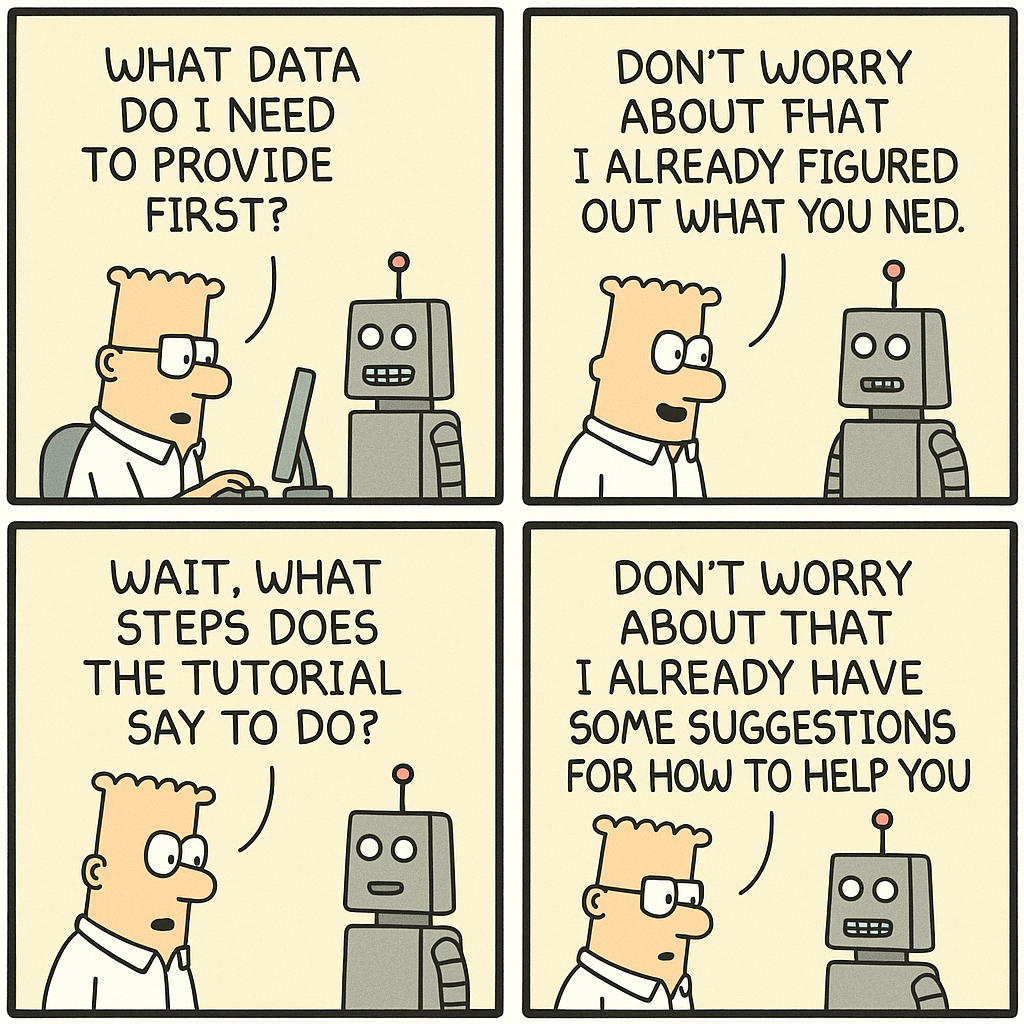Discover how to overcome team blockers, build trust, and drive action through clear communication techniques.
Are you struggling to get your message across as a leader? You’re not alone. In this comprehensive guide, we’ll explore battle-tested communication strategies that transform team dynamics and drive real results.
Key Takeaways
– Learn to separate neutral observations from judgments
– Master the art of expressing feelings without blame
– Create clear, actionable requests that drive results
– Identify and break through common communication blockers
– Transform team meetings with proven communication techniques
Why Leadership Communication Matters Now More Than Ever
In today’s fast-paced business environment, great leaders must be exceptional communicators. Whether you’re leading a boardroom discussion or conducting a team review, your communication style can make or break team success.
Here’s the truth: Most communication breakdowns happen not because of what we say, but how we say it.
The Three Pillars of Effective Leadership Communication
1. Master the Art of Neutral Observation
The Key Difference: Observations are neutral. Judgments create resistance.
Let’s look at two approaches:
❌ Ineffective Communication:
“The product roadmap is all over the place. It’s clear the team isn’t focused.”
✅ Effective Communication:
“I’ve noticed the product roadmap has shifted three times this quarter. I’m concerned about whether we’re aligned on our priorities.”
**Pro Tip**: Before speaking, ask yourself: “Am I describing what I see, or how I feel about what I see?”
2. Express Feelings Without Blame
Think of feelings as signals, not weapons. When you blame, you lose the opportunity for meaningful dialogue.
❌ Blame-Based Approach:
“Why are we still discussing this? It feels like leadership isn’t taking this risk seriously.”
✅ Solution-Focused Approach:
“I’m feeling uneasy that we’ve spent three meetings on this topic without clear next steps. I’d like to understand what’s holding us back.”
**Quick Exercise**: Next time you feel frustrated, start your sentence with “I’m feeling…” instead of “You’re not…”
3. Make Crystal-Clear Requests
Vague suggestions lead to inaction. Clear requests drive results.
❌ Vague Request:
“We should really address customer churn soon.”
✅ Clear, Actionable Request:
“Could we dedicate 30 minutes in the next meeting to reviewing the latest churn data and agreeing on two priority actions?”
## Breaking Through Common Communication Blockers
Deflection
Warning Sign: Team members consistently shift responsibility elsewhere.
Example: “We can’t address churn until marketing fixes their messaging.”
Solution: Ask, “What’s one thing our team can do right now to make progress?”
Over-explanation
Warning Sign: Endless context with no action.
Example: Spending entire meetings discussing why problems exist.
Solution: Focus on decisions and next steps.
Silence
Warning Sign: Lack of participation in crucial discussions.
Solution: Create psychological safety through open-ended questions.
Putting It All Together: A Real-World Example
Imagine leading a discussion about a delayed product launch. Here’s how to apply these principles:
“I’ve noticed we’ve delayed the product launch twice this quarter (observation). I’m feeling concerned because I want us to meet our commitments to customers (feeling). Could we identify the top two obstacles holding us back and agree on one next step before we leave this meeting? (clear request)”
Tools for Implementation
1. Communication Checklist
– [ ] Is my observation neutral?
– [ ] Have I expressed feelings without blame?
– [ ] Is my request specific and actionable?
2. Meeting Template
– Start with observations
– Share impact and concerns
– Make clear requests
– Confirm next steps
The Bottom Line
Effective communication isn’t just about being heard—it’s about creating meaningful change. When you master these techniques, you transform from a manager who talks into a leader who inspires action.
Your Next Steps
1. Choose one technique from this guide
2. Practice it in your next team meeting
3. Note the difference in team response
4. Build on your success
Was this article helpful? Share it with your network and help other leaders communicate more effectively.
















